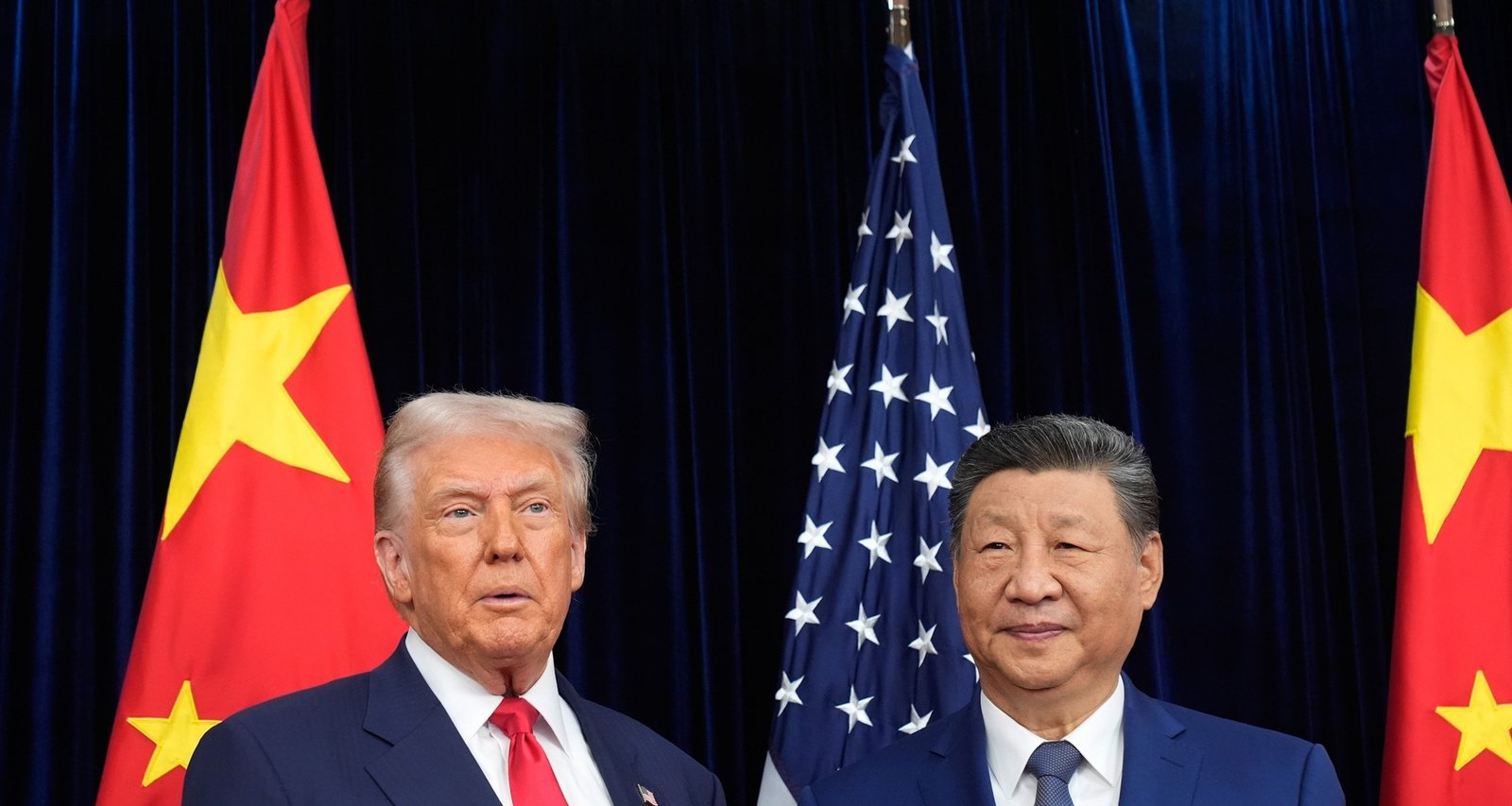At a separate Senate confirmation hearing, Vice Adm. Richard Correll—nominated to command U.S. Strategic Command—also avoided interpreting the post as a call for underground or atmospheric blasts. Correll told lawmakers that neither China nor Russia has conducted an explosive nuclear test in recent decades and said he saw no clear signal the administration intended to alter that record.
Pressed by reporters, a White House spokesperson acknowledged that the message could refer to activities already permitted under current policies, but would not rule out more expansive testing.
Legal and historical context
The United States last detonated a nuclear device in September 1992. President George H. W. Bush subsequently instituted a unilateral ban on explosive testing, a decision reinforced when Washington signed the Comprehensive Nuclear-Test-Ban Treaty (CTBT) in 1996. Although the Senate has never ratified the pact, adherence to its core prohibition has become a widely observed international norm.
Under the CTBT, all nuclear test explosions—regardless of yield or environment—are barred. Only North Korea has violated that standard in the 21st century by conducting six underground tests between 2006 and 2017. Experts note that explosive testing by any of the treaty’s signatories could weaken the agreement’s credibility and inspire other states to follow suit.
Strategic implications
Nonproliferation specialists caution that reopening U.S. test sites would provide political cover for Russia, China, or emerging nuclear powers to stage their own detonations. Kelsey Davenport, director for nonproliferation at the Arms Control Association, said the global system designed to restrain new weapons programs is already under strain. A U.S. return to testing, she argued, would create fresh incentives for countries seeking to modernize or develop warheads.
The United States has conducted more than 1,000 nuclear explosive tests—by far the largest total of any nation—giving American weapons laboratories extensive data. Advanced computer modeling now allows engineers to evaluate warhead reliability without live detonations, a capability that many analysts view as a significant U.S. advantage.

Imagem: Internet
Senate Armed Services Committee members pointed out that Russia and China have carried out far fewer historical tests, 715 and 47 respectively. Additional real-world detonations could help those countries reduce the technical gap, according to congressional staff briefed on the subject.
International reactions
The Kremlin responded Thursday through spokesperson Dmitry Peskov, who said recent Russian military drills did not constitute nuclear explosive tests. Peskov added that Moscow would consider comparable measures if Washington abandoned the testing moratorium. Chinese officials, meeting with U.S. counterparts in Busan, made no immediate public comment on Trump’s post.
Within hours of the president’s statement, several allied governments privately sought clarification from the State Department, according to a U.S. official familiar with the inquiries. NATO members have consistently backed the CTBT framework and rely on its verification network to monitor global compliance. A move by Washington to reintroduce testing would compel the alliance to reassess that collective stance.
Domestic policy debate
Lawmakers from both parties signaled they will demand a detailed explanation. Senate Democrats cited the need for statutory authorization and environmental reviews before any explosive tests could occur at sites such as the Nevada National Security Site. Some Republicans expressed support for additional non-explosive evaluations but stopped short of endorsing a full resumption of underground blasts.
Defense officials emphasized that any decision to conduct an explosive test would involve the Departments of Defense and Energy, require extensive logistical preparations, and likely prompt legal challenges. The National Nuclear Security Administration, responsible for stewardship of the warhead stockpile, has not updated its testing readiness timeline since 2020, when it estimated a minimum of six to 10 months would be needed to execute a live detonation.
For now, uncertainty persists. With no explicit clarification from the president or his senior advisers, analysts and allied capitals are left parsing a single social-media post for clues about whether the United States intends to maintain a decades-old norm or dismantle one of the pillars supporting global nuclear restraint.
Crédito da imagem: Mark Schiefelbein/AP



